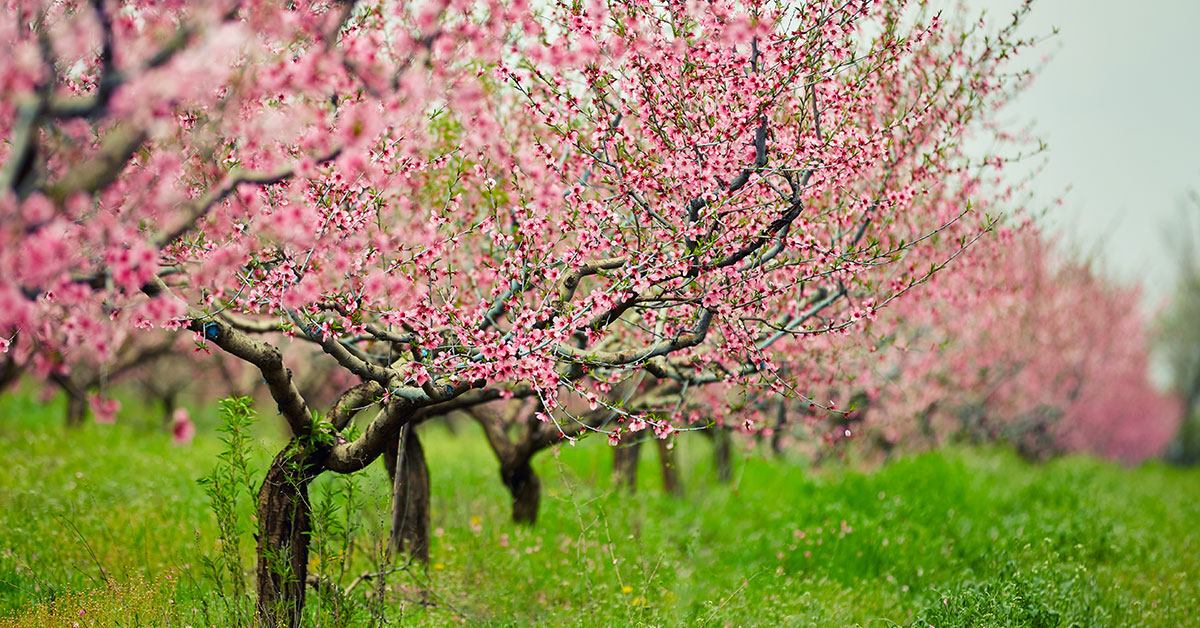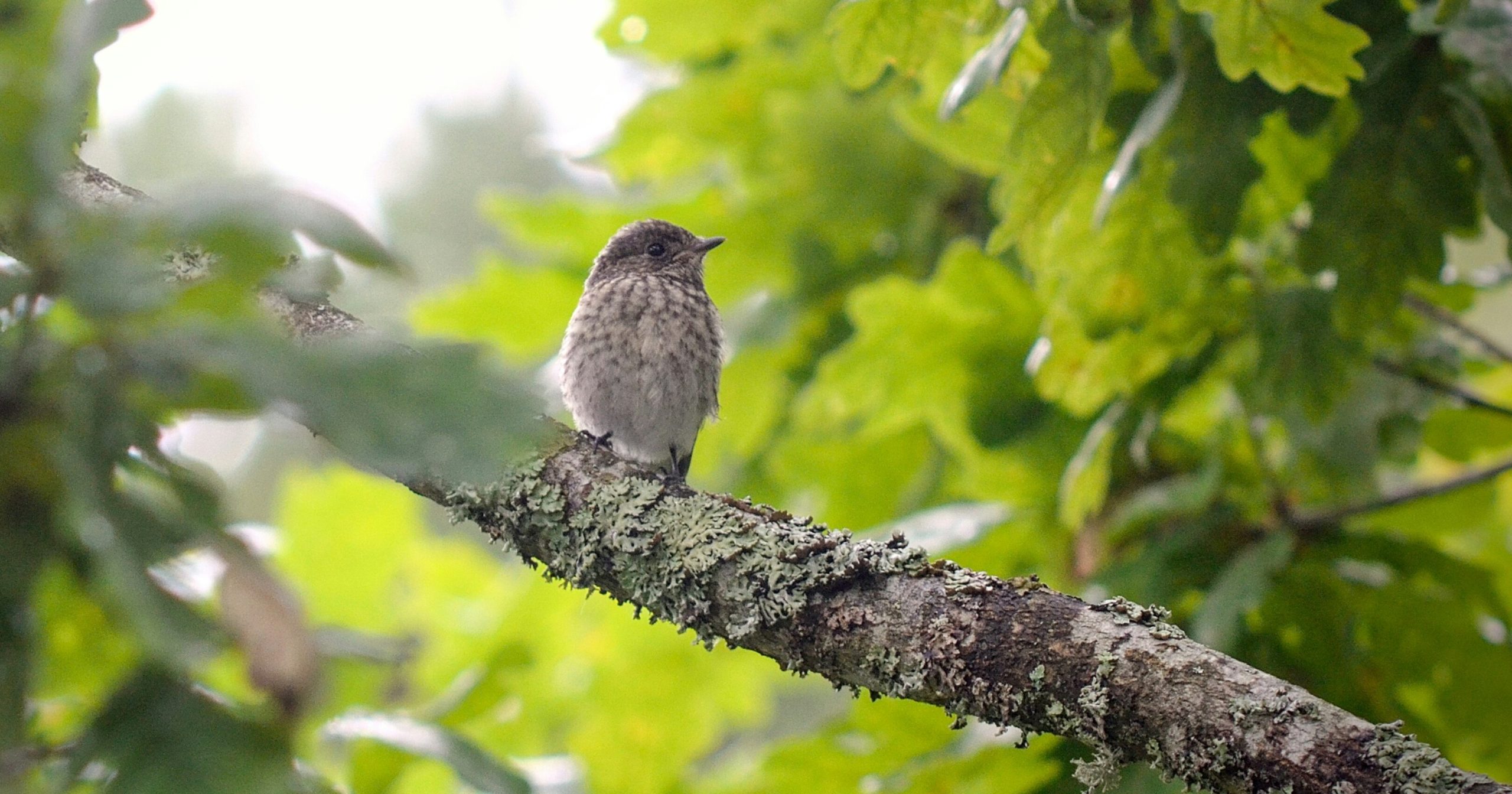Welcome to the world of growing Earlitreat peaches, a delightful and early-ripening variety that is sure to bring a burst of flavor to your garden. Known for its juicy, sweet, and aromatic fruit, the Earlitreat peach tree is a favorite among gardeners and fruit enthusiasts alike. With its ability to produce an abundant harvest as early as late spring, this peach variety is perfect for those eager to enjoy the taste of summer before the season even begins.
In this article, we will delve into the essential aspects of cultivating Earlitreat peach trees, from selecting the right planting location to providing optimal care and maintenance throughout the growing season. Whether you are a seasoned gardener or a beginner, get ready to embark on a journey of peach tree cultivation that will reward you with luscious, early-ripening peaches for years to come.
What are Earlitreat Peaches?
Earlitreat Peach is a popular variety of peach tree known for its early ripening fruit. It is a deciduous tree that typically grows to a height of 10-15 feet. The fruit is medium-sized with a round shape and a vibrant yellow skin that is often blushed with red. The flesh is juicy, sweet, and aromatic, making it a delightful treat for peach lovers. Earlitreat peaches are known for their excellent flavor and are commonly used for fresh eating, baking, canning, and making preserves. This variety is also valued for its ability to withstand colder temperatures, making it suitable for growing in a wide range of climates. Overall, Earlitreat Peach is a reliable and rewarding choice for home gardeners and orchard growers alike.
What do Earlitreat Peaches taste like?
Earlitreat Peach is known for its exceptional flavor profile, making it a popular choice among peach enthusiasts. The flavor of Earlitreat Peach can be described as sweet and juicy with a perfect balance of acidity. It has a rich, aromatic taste that is both refreshing and satisfying.
The sweetness of Earlitreat Peach is often compared to honey or nectar, giving it a delightful natural sweetness that is not overpowering. The juicy texture of the fruit adds to the overall experience, as each bite releases a burst of succulent peach juice.
One of the key characteristics of Earlitreat Peach is its pleasant acidity. The acidity level is well-balanced, providing a slight tanginess that enhances the overall flavor profile. This acidity helps to cut through the sweetness, creating a harmonious blend of flavors.
The aroma of Earlitreat Peach is also noteworthy. When fully ripe, it emits a fragrant scent that is reminiscent of a summer orchard, enticing anyone nearby to take a bite. The aroma adds an extra layer of enjoyment to the overall tasting experience.
Overall, Earlitreat Peach offers a delectable combination of sweetness, juiciness, and acidity. Its exceptional flavor profile makes it a favorite for eating fresh, as well as for use in various culinary creations such as pies, cobblers, jams, and preserves.
How to plant Earlitreat Peach trees outdoors
Starting an Earlitreat Peach tree from seed can be a bit challenging, as the resulting tree may not be true to the parent tree and may not produce the same quality of fruit. However, if you still want to give it a try, here’s a guide on how to start an Earlitreat Peach tree from seed:
- Seed Selection: Obtain fresh Earlitreat Peach seeds from a reputable source. Make sure the seeds are fully matured and have not been subjected to any treatments or chemicals.
- Cold Stratification: Peach seeds require a period of cold stratification to break their dormancy. Place the seeds in a plastic bag with a moistened paper towel or peat moss. Seal the bag and refrigerate it for about 8-12 weeks. This mimics the natural winter conditions that the seeds would experience in their native environment.
- Germination: After the cold stratification period, remove the seeds from the refrigerator and allow them to warm up to room temperature. Fill a seed tray or small pots with a well-draining potting mix. Plant the seeds about 1 inch deep in the soil, and lightly cover them with the potting mix.
- Moisture and Temperature: Keep the soil consistently moist but not waterlogged. Place the seed tray or pots in a warm location with temperatures around 70-80°F (21-27°C). You can cover the tray or pots with a plastic dome or plastic wrap to create a greenhouse-like environment that retains moisture.
- Germination Period: Peach seeds can take anywhere from 2-8 weeks to germinate, so be patient. Once the seeds have germinated, remove the plastic cover and place the seedlings in a bright location with indirect sunlight.
- Transplanting: When the seedlings have developed a few sets of true leaves and are strong enough to handle, transplant them into individual pots. Use a well-draining potting mix and provide adequate space for the roots to grow.
- Care and Maintenance: Place the potted seedlings in a sunny location where they can receive at least 6-8 hours of direct sunlight daily. Water the seedlings regularly, keeping the soil evenly moist but not waterlogged. Fertilize them with a balanced, slow-release fertilizer according to the package instructions.
- Hardening Off: Before planting the seedlings outdoors, gradually expose them to outdoor conditions over a period of 1-2 weeks. Start by placing them outside in a sheltered location for a few hours a day, gradually increasing the time and exposure to direct sunlight.
- Planting Outdoors: Choose a well-drained location in your garden with full sun exposure for planting the Earlitreat Peach tree. Dig a hole slightly larger than the root ball of the seedling and place it in the hole. Backfill the hole with soil, firming it gently around the roots. Water the tree thoroughly after planting.
- Maintenance: Provide regular watering, especially during dry periods, to keep the soil consistently moist but not waterlogged. Apply a layer of organic mulch around the base of the tree to conserve moisture and suppress weed growth. Prune the tree annually to maintain its shape and remove any dead or diseased branches.
Remember, starting a peach tree from seed may result in variations in fruit quality, size, and taste. For consistent and reliable fruit production, it is recommended to obtain a grafted Earlitreat Peach tree from a reputable nursery. Grafted trees ensure that you get the desired characteristics of the parent tree.
When to plant Earlitreat Peach trees outdoors
The ideal time to plant Earlitreat Peach trees is in early spring, after the danger of frost has passed and the soil has started to warm up. This is typically around late March to early April, depending on your specific location. Planting during this time allows the tree to establish its root system before the hot summer months, ensuring better growth and fruit production.
Growing & care guide
Caring for Earlitreat Peach trees requires attention to various aspects of their growth and maintenance. Here are some best practices to ensure the health and productivity of your peach tree:
- Planting: Choose a sunny location with well-draining soil for your Earlitreat Peach tree. The soil should be slightly acidic, with a pH level between 6.0 and 6.5. Before planting, dig a hole that is wide and deep enough to accommodate the root system. Ensure that the graft union is above the soil line when planting.
- Watering: Young peach trees need regular watering to establish their root systems. Water deeply at least once a week, providing enough water to moisten the soil to a depth of 12-18 inches. During dry spells, increase the frequency of watering. However, avoid overwatering, as it can lead to root rot.
- Fertilization: Apply a balanced fertilizer, such as a 10-10-10 or 14-14-14, in early spring before new growth begins. Follow the package instructions for the appropriate amount to use based on the tree’s size. Avoid fertilizing after mid-summer, as it can stimulate late-season growth that may be susceptible to winter damage.
- Pruning: Pruning is essential for maintaining the shape, size, and overall health of your Earlitreat Peach tree. Prune during late winter or early spring before new growth emerges. Remove any dead, damaged, or diseased branches. Thin out crowded areas to improve air circulation and sunlight penetration. Also, remove any branches that grow vertically or cross each other.
- Pest and Disease Control: Monitor your peach tree regularly for signs of pests and diseases. Common pests that affect peach trees include aphids, peach tree borers, and plum curculios. Use organic or chemical insecticides as necessary, following the instructions carefully. Diseases like peach leaf curl, brown rot, and bacterial spot can be prevented by applying appropriate fungicides during the dormant season and as directed by local extension services.
- Thinning: To ensure larger and healthier fruits, thinning is necessary. When the fruits are about the size of a dime, remove excess fruits, leaving a spacing of 6-8 inches between each fruit. This allows the remaining fruits to receive adequate sunlight, nutrients, and air circulation.
- Winter Protection: Earlitreat Peach trees are susceptible to cold temperatures, so winter protection is crucial. Apply a layer of mulch around the base of the tree to insulate the roots and prevent frost heaving. You can also wrap the trunk with burlap or use tree wraps to protect against sunscald and temperature fluctuations.
- Harvesting: Earlitreat Peaches are typically ready for harvest in early to mid-summer, depending on your location and climate. Harvest the fruits when they are fully ripe, with a slight give when gently squeezed. Be careful not to bruise or damage the fruits during picking.
By following these best practices, you can ensure the successful growth and productivity of your Earlitreat Peach tree, enjoying delicious peaches for years to come. Remember to adapt these practices based on your specific climate and local growing conditions.
Harvesting guide
Earlitreat Peach is an early-maturing variety known for its delicious flavor and juicy texture. To ensure a successful harvest, it’s important to understand the optimal time to harvest and the proper technique to use. Here’s a step-by-step guide:
- Timing: The best time to harvest Earlitreat Peaches is when they are fully ripe. This variety typically ripens in early to mid-summer, depending on your specific climate and growing conditions. Keep an eye on the fruit as it develops and look for signs of ripeness.
- Color: The peach should have a vibrant, uniform color. For Earlitreat Peaches, this is usually a bright yellow or golden hue. Avoid harvesting peaches that are still green or have a greenish tinge, as they are not yet fully mature.
- Firmness: Gently squeeze the peach to check its firmness. A ripe Earlitreat Peach should yield slightly to pressure without feeling too soft or mushy. If it feels hard, it needs more time to ripen. If it feels excessively soft, it may be overripe.
- Aroma: Another indicator of ripeness is the fruit’s fragrance. A fully ripe Earlitreat Peach will have a sweet, aromatic scent. If it lacks fragrance, it may not be ready for harvest.
- Harvesting technique: To harvest the peaches, hold the fruit gently and twist it slightly. If it comes off the tree with minimal effort, it is ready to be picked. Avoid pulling or tugging forcefully, as this can damage the tree or the fruit.
- Handling: Handle the harvested peaches with care to prevent bruising or damage. Place them in a shallow container or basket, making sure not to stack them too high. Avoid overcrowding, as this can lead to bruising.
- Storage: If you’re not planning to consume the peaches immediately, store them in a cool, dry place. Avoid refrigerating them unless they are fully ripe, as cold temperatures can affect their flavor and texture.
Remember, the ripening process may vary slightly depending on your specific growing conditions. Regularly monitor your Earlitreat Peach tree and adjust your harvest timing accordingly. Enjoy the fruits of your labor and savor the delicious flavor of your homegrown peaches!













